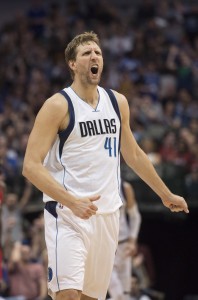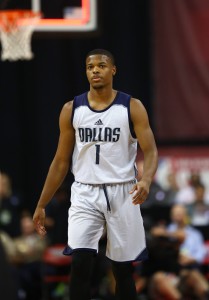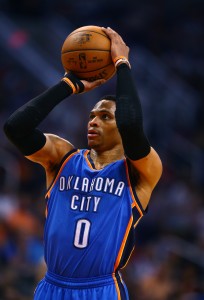At this point in the NBA offseason, most free agents who remain on the open market will have to settle for minimum salary contracts, if they receive an NBA offer at all.
There are some exceptions, particularly on the restricted free agent market, where Mason Plumlee just signed a three-year, $41MM deal with the Nuggets. Within the last week or two though, we’ve seen top remaining unrestricted free agents like Shabazz Muhammad, Tony Allen, and Andrew Bogut settle for minimum salary contracts.
That’s good news for several teams who have used all their available cap room and/or exceptions and can only offer minimum salary contracts for the rest of the 2017/18 league year. They won’t necessarily be at a disadvantage when it comes to signing free agents if those players aren’t being offered more than the minimum by teams with the means to do so.
In some cases though, an inability to offer more than the minimum can handicap a team. Dante Cunningham‘s free agent decision this week reflects this — according to multiple reports, the deal Cunningham agreed to with the Pelicans is actually worth $2.3MM, which is more than his minimum salary of $2.1MM. While we haven’t seen the official terms of Cunningham’s new contract yet, it’s possible that the $200K difference was one reason Cunningham chose New Orleans over a suitor like the Timberwolves, who could only offer the minimum.
Teams with the flexibility to offer more than the minimum could also benefit later in the NBA season. For instance, if Dwyane Wade negotiates a buyout with the Bulls and considers which team to join as a free agent, the fact that the Heat have retained their $4.328MM room exception could be a factor — it would allow Miami to make a stronger offer than the Cavs could.
With that in mind, here’s a breakdown of the teams that currently don’t have the ability to offer more than the minimum salary, which is $815,615 for a first-year player:
- Boston Celtics
- Detroit Pistons
- Golden State Warriors
- Houston Rockets: $350 of mid-level exception available
- Los Angeles Clippers: $774,770 of mid-level exception available
- Memphis Grizzlies: $1,440,385 of mid-level exception available, but will use at least $815,615 to sign Ivan Rabb.
- Minnesota Timberwolves
- New York Knicks
- Oklahoma City Thunder
Meanwhile, the following teams have less than $3.29MM (the value of the bi-annual exception) to offer to free agents:
- Cleveland Cavaliers: $2,549,143 of taxpayer mid-level exception available
- Utah Jazz: $1,128,000 of room exception available
- Washington Wizards: $1,902,000 of taxpayer mid-level exception available
Of course, just because a team has an exception available, that doesn’t mean the club will be eager to use it. Teams like the Bucks or Pelicans, for instance, still have various MLE and BAE exception money available, but their proximity to the luxury tax threshold will make them reluctant to offer more than the minimum salary to anyone the rest of the way.
For a full breakdown of how teams have used their mid-level, room, and bi-annual exceptions for the 2017/18 league year, be sure to check out our MLE tracker and BAE tracker.


